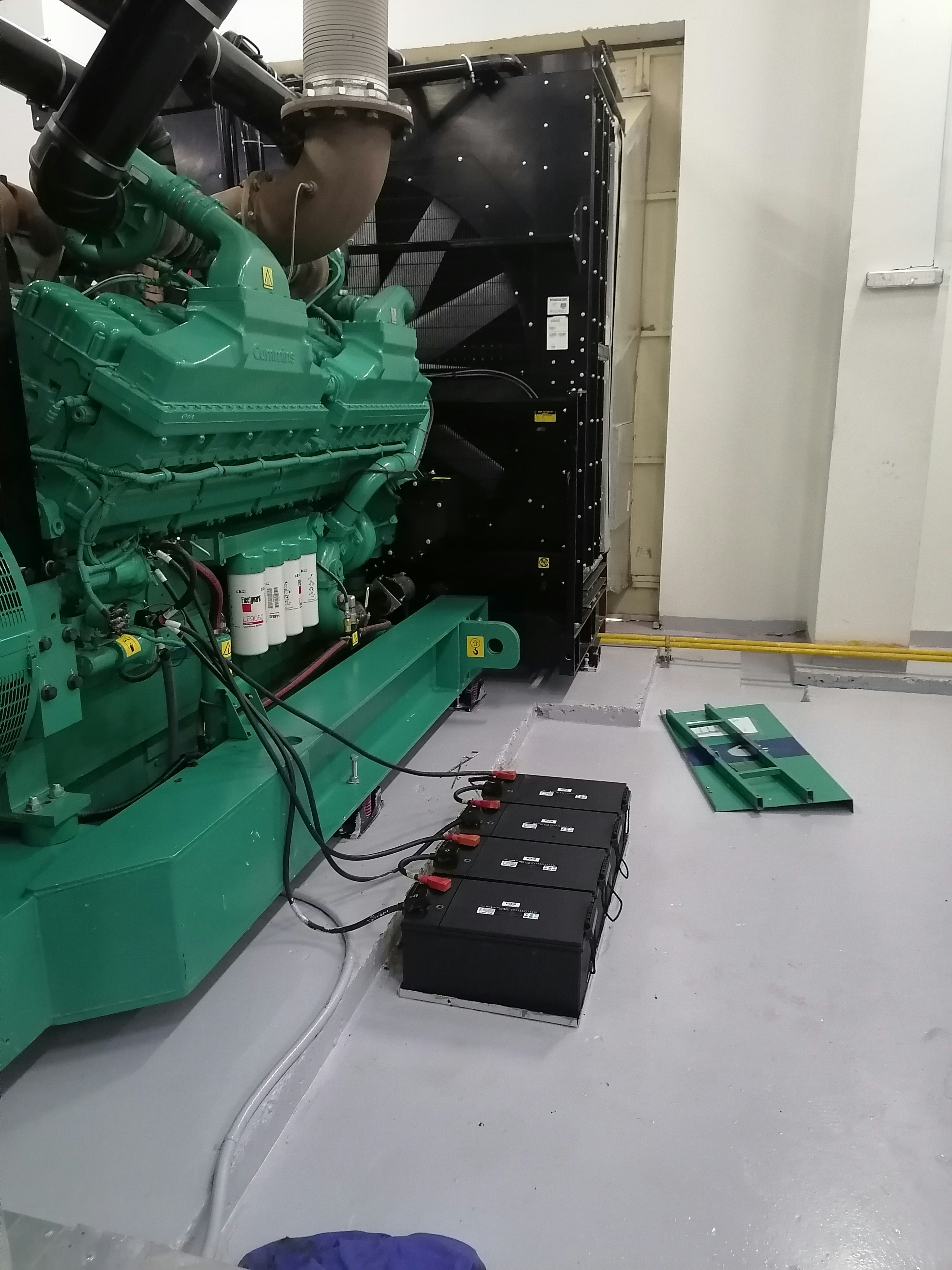Introduction to Air Purifiers and Their Importance
As urban environments evolve and grow, concerns regarding indoor air quality have garnered significant attention, particularly in densely populated areas like Indianapolis. Many residents are becoming increasingly aware of the impact that air pollution can have on their health and overall well-being. Pollutants such as dust, pollen, pet dander, and volatile organic compounds (VOCs) can compromise indoor air quality, making it essential for individuals to consider solutions that can effectively mitigate these issues.
Air purifiers have emerged as a popular option for improving indoor air quality by filtering and removing harmful particles from the air. Essentially, an air purifier is a device that utilizes various technologies to capture pollutants, thereby reducing allergens and contaminants that contribute to respiratory problems and allergy sensitivities. These devices vary widely in their mechanisms and efficiency, which raises questions about their effectiveness in the local context of Indianapolis.
Understanding the specific technologies used in air purifiers is crucial for consumers navigating a market inundated with various products, each accompanied by potentially misleading claims. For instance, some air purifiers employ HEPA filters to trap minuscule particulates, while others may rely on activated carbon or UV light technologies. Recognizing these differences not only aids consumers in making informed decisions but also emphasizes the need for consideration of the specific air quality challenges faced in urban settings.
Moreover, the significance of air purifiers extends beyond mere convenience; they can play a pivotal role in health management, particularly for individuals suffering from allergies or respiratory conditions. In cities like Indianapolis, where outdoor pollution may penetrate indoor spaces, air purifiers become instrumental in fostering healthier living environments. By actively reducing indoor pollutants, these devices not only contribute to physical well-being but also enhance overall quality of life for residents.
Common Air Purifier Technologies: What Really Works?
Air purifiers come equipped with various technologies designed to improve indoor air quality by eliminating pollutants. Among the most widely recognized technologies are HEPA filters, activated carbon, UV light, ionizers, and ozone generators. Understanding how these mechanisms function and their efficacy is crucial for consumers in Indianapolis seeking reliable options for cleaner air.
HEPA (High-Efficiency Particulate Air) filters are renowned for their ability to trap at least 99.97% of particles that are 0.3 microns in diameter. This includes a wide range of allergens such as pollen, dust mites, and pet dander. Numerous studies have demonstrated the effectiveness of HEPA filters in reducing airborne particles, making them an ideal choice for allergy sufferers in urban areas where particulate matter is prevalent.
Activated carbon filters operate differently by adsorbing gases and odors through a process known as chemisorption. These filters excel at trapping volatile organic compounds (VOCs) and other harmful gases, which are common in households due to cleaning agents, paint, and cooking. Scientific research supports the use of activated carbon in mitigating indoor air pollutants, showcasing its complementary role alongside HEPA filtration.
UV light technology employs ultraviolet rays to neutralize bacteria and viruses in the air. While effective against certain biological contaminants, the performance of UV light systems can be variable, dependent on exposure time and intensity. It is often recommended that UV light be used in conjunction with other filtration methods for optimal efficacy.
Ionizers and ozone generators aim to remove particulates by charging them, encouraging heavier particles to settle or be collected on surfaces. However, these technologies can produce ozone as a byproduct, which may adversely affect respiratory health. Scientific consensus generally indicates that while ionizers may reduce particulate levels, caution is warranted due to potential negative repercussions from ozone exposure.
In Indianapolis, the diverse array of pollutants, including allergens, VOCs, and pathogens, necessitates a tailored approach to air purification. Therefore, HEPA filters combined with activated carbon are often recommended for general use. Considering the varying effectiveness of each technology is important for consumers looking to optimize their air quality while avoiding the pitfalls of marketing exaggerations.
Debunking Marketing Myths: What to Look Out For
In the realm of air purifiers, consumers often encounter a multitude of marketing claims that may not accurately reflect the performance or reliability of the products. A common phrase to be aware of is ‘99.9% effective,’ typically used to suggest that a device can eliminate nearly all airborne pollutants. However, it is crucial to understand the context of this statistic. For instance, effectiveness can vary based on the type of particles (e.g., dust, allergens, or bacteria) and the airflow characteristics of a room. Without a clear explanation of the testing standards used to arrive at such claims, consumers may be misled.
Another buzzword frequently encountered is ‘clean room’ standards. While some air purifiers may claim to meet these stringent benchmarks, they often do so under controlled conditions that do not reflect real-world environments. Thus, potential purchasers should seek products that provide verifiable data and third-party certifications, such as HEPA filters or the Association of Home Appliance Manufacturers (AHAM) ratings, to ensure they are investing in a product genuinely capable of improving indoor air quality.
Moreover, consumers should consider factors beyond the marketing claims to make informed choices. Noise levels are an important aspect, as some air purifiers can be surprisingly loud, potentially disrupting daily activities or sleep. The maintenance costs associated with replacing filters can also accumulate over time. Additionally, evaluating energy consumption can contribute significantly to operating costs. Different technologies, such as HEPA filtration, UV light, or electronic air purification, will each have unique characteristics affecting these variables. By being conscious of these aspects, alongside recognizing marketing hyperbole, consumers can choose air purifiers better suited to their needs, ensuring they achieve their desired outcomes without falling prey to misleading promotions.
Choosing the Right Air Purifier for Your Home in Indianapolis
When selecting an air purifier for your home in Indianapolis, there are several crucial factors to consider. The first is the size of the room in which the air purifier will be used. Air purifiers are designed to handle specific square footage, so it is important to choose a unit that matches the dimensions of your space for optimal efficiency. A device that is too small won’t effectively filter the air, while one that is unnecessarily large may waste energy and resources.
Next, identify the types of pollutants that you wish to target. Common household contaminants include tobacco smoke, pet dander, allergens, and volatile organic compounds (VOCs). If you or anyone in your home suffers from allergies or respiratory issues, a HEPA-filtered air purifier would be an excellent choice, as these are particularly effective at removing airborne allergens. In contrast, if you are dealing with odors and chemical vapors, a model equipped with activated carbon filters could be more appropriate.
Budget is another essential consideration in your decision-making process. Air purifiers can vary significantly in price based on features, technology, and brand. However, it’s essential to remember that investing in a quality air purifier can lead to long-term health benefits, potentially reducing medical expenses related to respiratory issues. Therefore, evaluate not just the initial cost but also the filter replacement expenses, and energy consumption associated with the device.
Furthermore, seeking professional advice or conducting thorough research can provide valuable insights into which air purifiers work best in specific environments. Regular maintenance is also key to ensuring the longevity and efficiency of the device; this includes timely filter replacements and cleaning. Based on these considerations, some top-rated air purifiers available in the Indianapolis market include the Dyson Pure Cool, Coway Airmega, and the Rabbit Air MinusA2, each offering distinct features suited for various needs.
If you’re interested in purchasing the item you seek, please click the link for additional details: #americanachoice.
https://amzn.to/3SBN3Oy
AFFILIATE DISCLOSURE: I am an affiliate for this company, I am not a paid employee.
I may receive a commission if you click a link on this page and choose to purchase something.
You can rest assured I will only share things I believe in and will be valuable to you.



